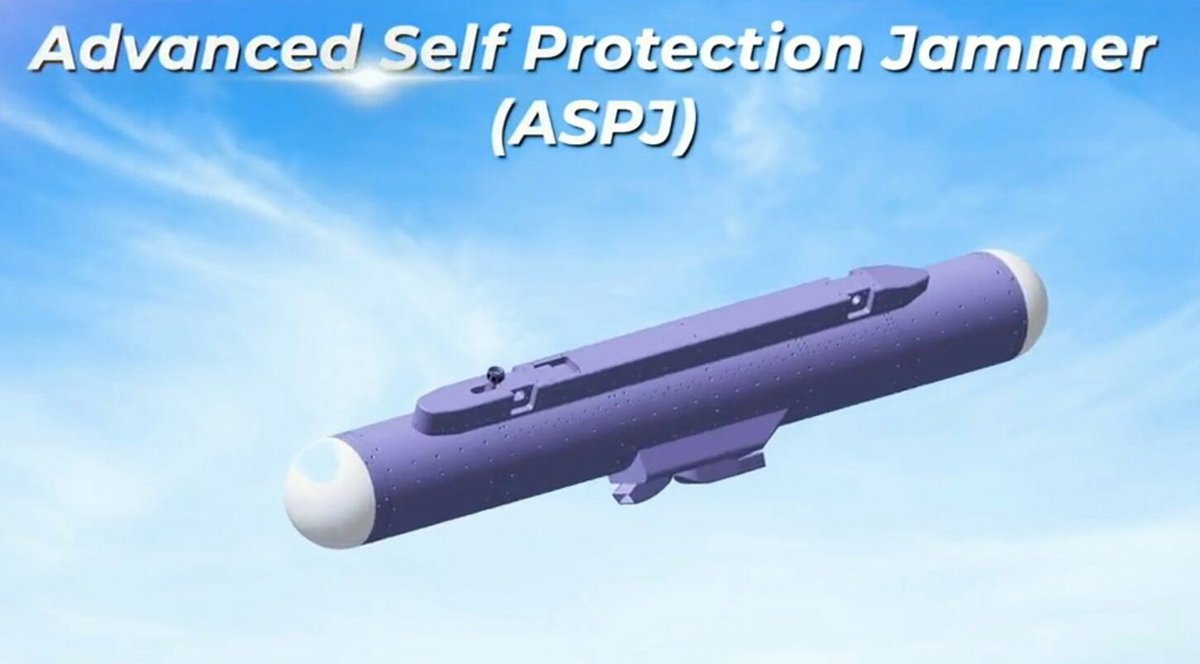SOURCE: RAUNAK KUNDE / NEWS BEAT / IDRW.ORG

The Indian Air Force’s Su-30MKI fighter aircraft is set to receive a significant upgrade in electronic warfare (EW) capabilities with the successful development and testing of the Dual (LH & RH) ASPJ pods by CASDIC. These pods, mounted on the left and right sides of the aircraft, will significantly enhance the Su-30MKI’s ability to defend itself against enemy radar and electronic threats.
The success of the ASPJ pods is a testament to extensive collaboration and testing. Hindustan Aeronautics Limited (HAL) conducted detailed feasibility studies using various simulations and analyses, including:
- Computational fluid dynamics (CFD) studies: To understand the aerodynamic impact of the pods on the aircraft.
- Stress analysis: To ensure the pods can withstand the forces of flight and manoeuvres.
- Ground vibration testing (GVT): To assess the vibration response of the aircraft with the pods attached.
- Flutter analysis: To predict potential instabilities at high speeds.
- Power assessment: To ensure sufficient power generation for the ASPJ pods’ operation.
- Weight and centre of gravity (CG) analysis: To maintain optimal balance and performance of the aircraft.
Based on these studies and existing data, a flight envelope has been established for the safe and effective operation of the Su-30MKI with the ASPJ pods.
Comprehensive Data Acquisition for Flight Trials:
The next phase involves instrumented carriage trials to collect crucial data on the aircraft’s performance with the pods. This will involve:
- Strain gauge instrumentation: To measure the stress and strain on the aircraft structure.
- Vibration sensors: To record vibration levels and assess damping characteristics.
- Data tapping from the aircraft’s internal MIL-1553B bus: To capture relevant aircraft parameters.
- Digital flight recording system (KAM-500): To record all relevant data during the trials.
- Pod-mounted sensors: To measure strain, vibration, acceleration, and temperature within the pods themselves.
The design also includes provisions for controlling power and recording functions for the ASPJ pods directly from the cockpit, ensuring efficient and responsive operation during flight.
The successful development and upcoming trials of the Dual ASPJ pods mark a significant step forward in India’s efforts to modernize its air force and bolster its electronic warfare capabilities. These pods, once integrated, will provide the Su-30MKI with a powerful edge in electronic warfare, enhancing its survivability and effectiveness in modern aerial combat scenarios.
NOTE : Article cannot be reproduced without written permission of idrw.org in any form even for YouTube Videos to avoid Copy right strikes. Websites doing illegal reproductions will get DCMA and Legal Notices.